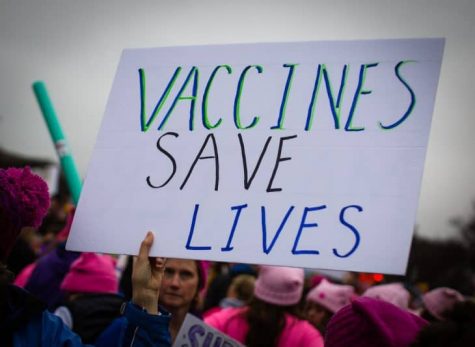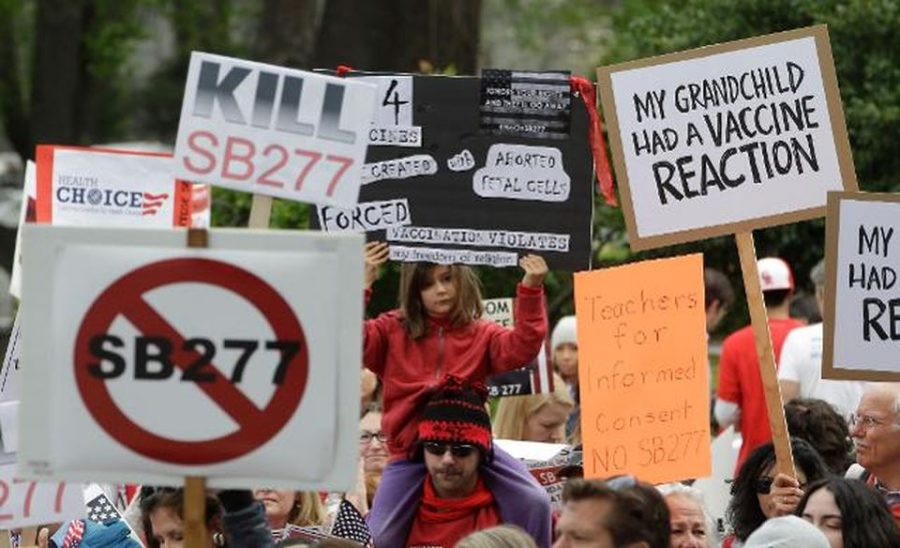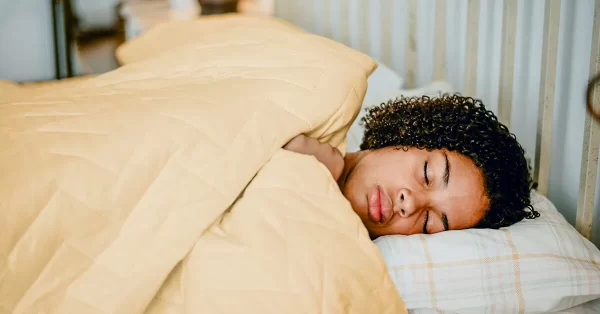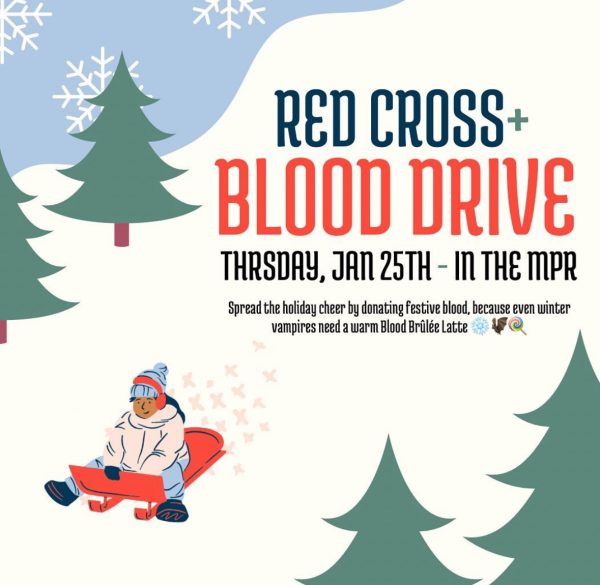How America’s “Anti-Vaccine Movement” is Created Greater Problems in Healthcare Than Imagined
November 15, 2019
In recent years, California, and most of America, have taken steps to end the debate of whether vaccines are beneficial. Vaccines are used to help prevent possible diseases and infection from children and adults. There has never been a problem with this system that was creating healthy people until the “anti-vaccine” movement came along. This movement’s reasoning was proved to be false early on, but has still continued to consume many families who refused to vaccinate their children. At first, many states allowed unvaccinated children to attend school. This was until California passed the Senate Bill 277 (SB277) which removed “personal belief” as a reason for an exemption from vaccine requirements for entry into any schools or day cares. The passing of this bill should have been the end of the problem of unvaccinated children, but more problems are arising.
With so many families that have a strong belief against vaccines in California, it has begun many to question how enforced this bill actually is. For, there is a common stereotype among “anti-vaxers”, a common nickname for them, that their unvaccinated children are more likely to attend private school. Most private schools require high, varying costs for children. If California enforced the Senate bill enough, then these private schools, in which a large majority of unvaccinated children attend, would not be making as much money.
This doesn’t mean that only children attending private schools have rates of unvaccinated students. Many public schools also have (smaller) rates of unvaccinated children attending.
The California Department of Public Health collected data that showed several Sacramento schools, along with surrounding counties, to have immunization rates of 50 percent or less. Results from a 2016 report by the CDPH also show that vaccinations are increasing among students, but still a larger percentage of private schools with unvaccinated students.
https://sacramento.cbslocal.com/wp-content/uploads/sites/15909776/2019/04/2017-18ca7thgradedata.pdf This is a link to the California Department of Public Health 2016 study that shows reports of vaccine rates among seventh grade children in the Sacramento area of both private and public schools. A large majority of public schools show reports of children of less than one percent with overdue vaccines. On the other hand, private schools have ranging percentages of over five percent, in larger schools, and up to 20-50 percent, in smaller schools, of overdue vaccinations.

So, if only a small percentage, overall, of unvaccinated students attend most schools and it is decreasing, then why is there a big concern?
The concerns stems from the unvaccinated students attending schools who actually want to be vaccinated. For example, in 2013 a 19-year old student in Michigan died from meningitis. Her mother was astonished as she was under the belief that her daughter was vaccinated, although she was not.
As a 17-year old student, I went through this same concern during my last doctor’s visit. I found out that I had never been treated with my second round of vaccines for meningitis. I didn’t known because for the last few years, I was going to a clinic care center for my sport’s physicals. This raised some questions because I was still attending school. If vaccines were truly enforced in California under the Senate bill, then this situation wouldn’t have occurred. Would I have endured the same fate as the Michigan student? With my doctor’s knowledge, and possibly the knowledge of the school, why was I not bombarded with phone calls letting me know that I was overdue in my vaccinations?
California should rethink the system in which we allow vaccinated and unvaccinated students to attend school. There are some medical reasons as to why students may be unable to become vaccinated and should be exempt from this argument. Schools should enforce vaccines better for the safety of the students. Is this just a matter of a broken system or is there an underlying scheme in order for public schools and (especially) private schools to earn more money from students of anti-vaxx parents?











